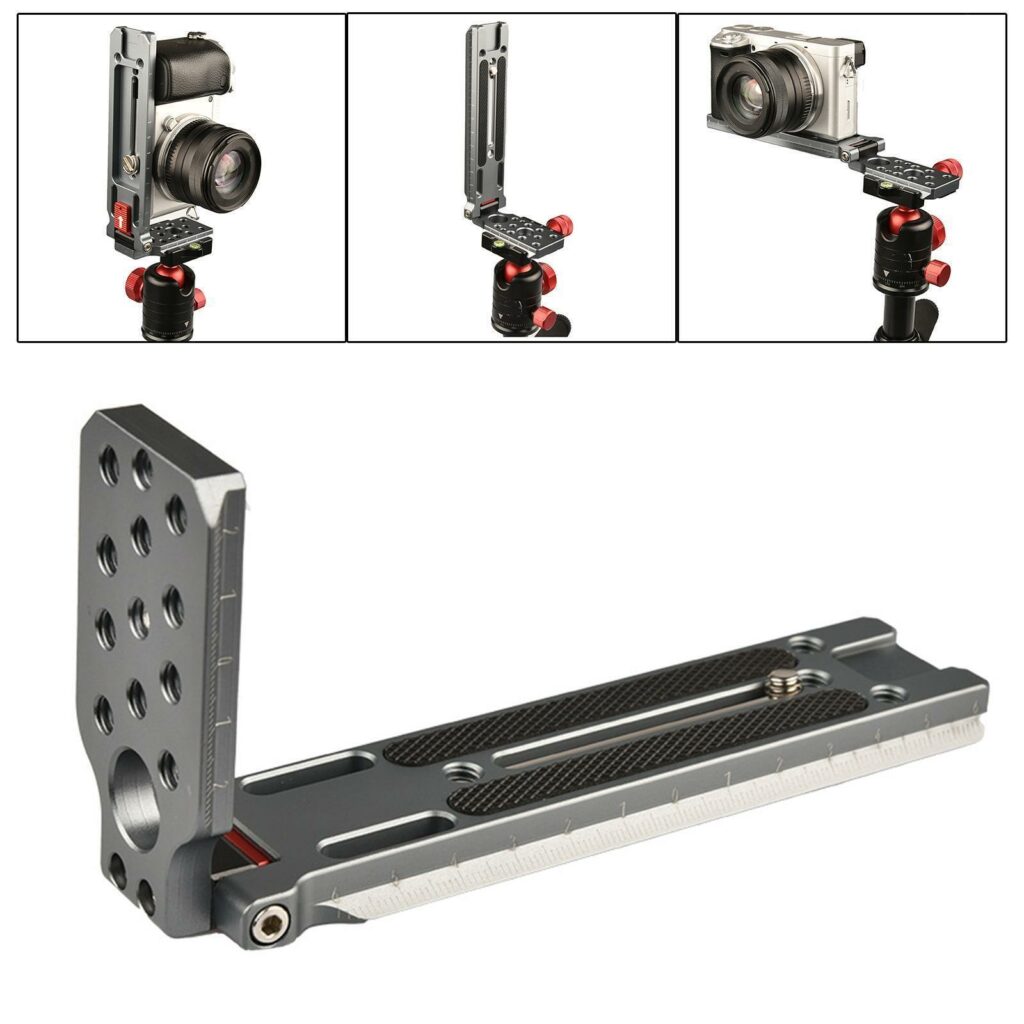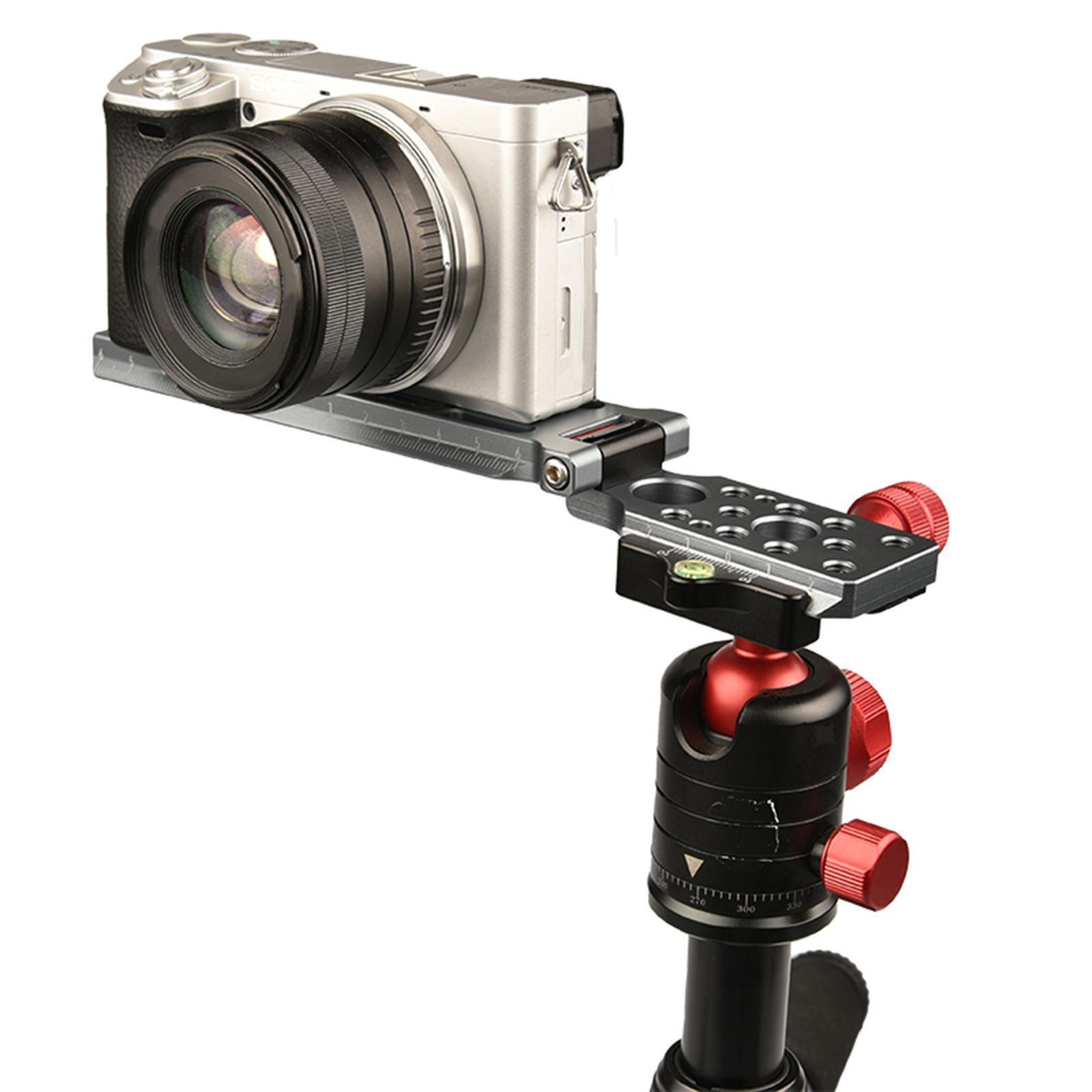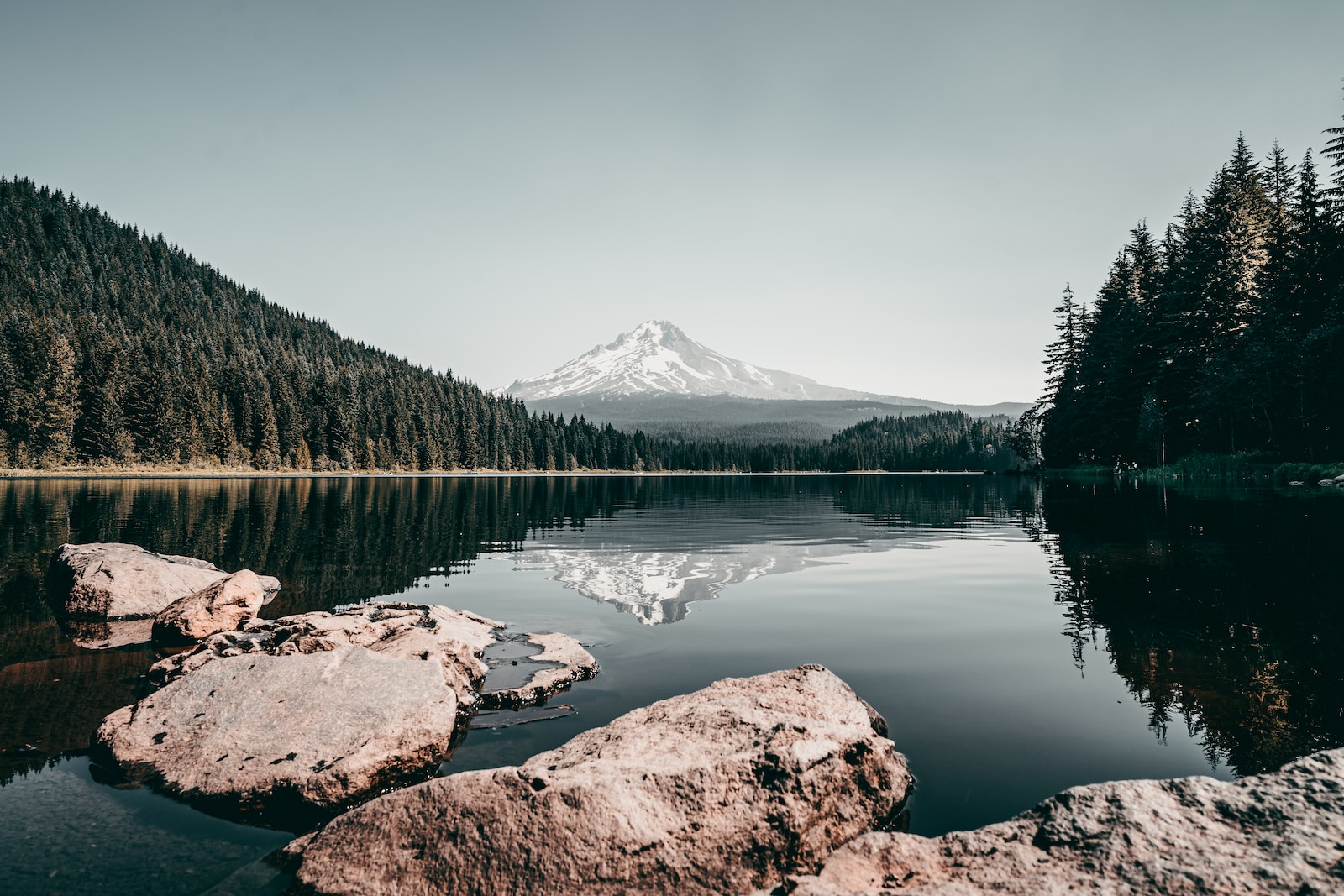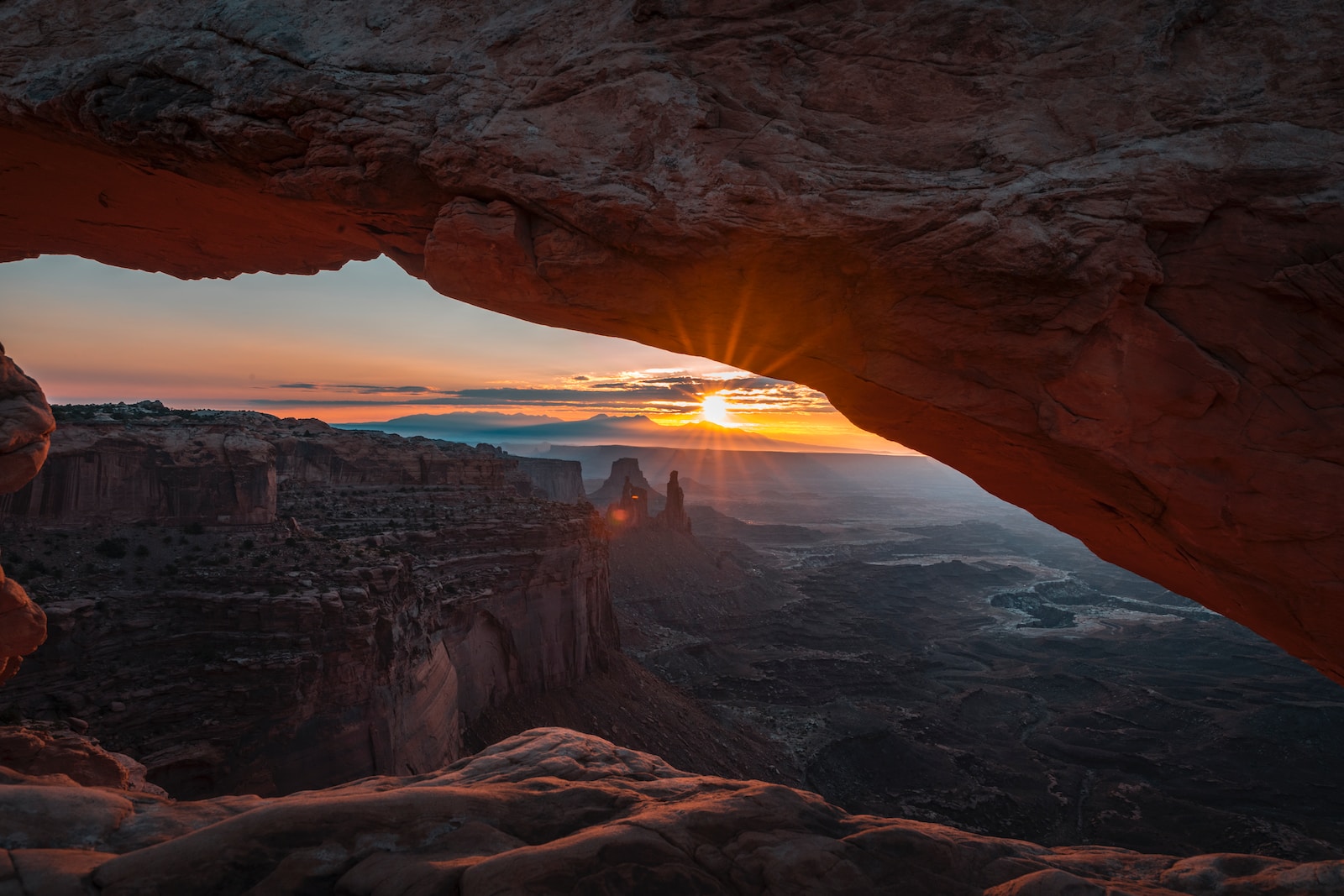Welcome to our blog on leveraging L-brackets for landscape and portrait shots! Whether you’re an amateur or professional photographer, this post will provide you with valuable insights on how to seamlessly switch between landscape and portrait mode, utilizing the power of L-brackets. Discover the benefits, techniques, and tips to enhance your photography skills and capture stunning shots in any orientation.
Table of Contents
- Mastering L-brackets for Seamless Transitions
- Mastering the Use of L-Brackets for Landscape and Portrait Shots
- Frequently Asked Questions
- 1. What is an L-bracket and why is it important for landscape and portrait photography?
- 2. How does an L-bracket help in achieving better landscape shots?
- 3. Can an L-bracket improve portrait photography?
- 4. Are L-brackets compatible with all camera models?
- 5. How do I install an L-bracket on my camera?
- 6. Can I use other accessories alongside an L-bracket?
- 7. Are there any additional benefits to using an L-bracket?
- Wrap Up
Mastering L-brackets for Seamless Transitions
The Importance of L-Brackets
L-brackets are a game-changer in photography, allowing you to effortlessly switch between landscape and portrait mode. These innovative tools provide stability, precision, and improved ergonomics, ensuring seamless transitions and saving valuable time on shooting sessions.
Benefits of Using L-Brackets
With L-brackets, you can maintain the stability of your camera even when changing the composition from landscape to portrait. This stability enhances image sharpness and reduces the risk of blurring, resulting in professional-quality photos.
Optimizing Composition in Landscape Mode
When shooting in landscape mode with L-brackets, you have the freedom to capture breathtaking wide-angle shots of expansive landscapes, from majestic mountains to serene seascapes. Take advantage of the stability offered by L-brackets to experiment with different compositions while maintaining exceptional image quality.
Capturing Expressions in Portrait Mode
Switch to portrait mode using your trusty L-brackets, and unlock the potential to capture intimate and stunning portraits. From professional headshots to candid moments, these brackets give you the stability and versatility to compose your shots creatively and bring out the true character of your subject.
Techniques for Efficiently Using L-Brackets
Here are some valuable techniques to master the use of L-brackets:
- Make sure your L-bracket is compatible with your camera model for a secure fit and stability.
- Practice quick and smooth transitions between landscape and portrait mode, allowing for uninterrupted shooting sessions.
- Experiment with different angles, perspectives, and compositions to elevate your photography skills.
- Utilize the built-in bubble level to ensure your shots are perfectly level, enhancing overall image balance.
- Invest in a high-quality, durable L-bracket to withstand the rigors of outdoor photography and last for years to come.
- Stay up to date with firmware updates specific to your camera and L-bracket combination to maximize compatibility and performance.
Did you know that L-brackets were first introduced in the 1990s and quickly gained popularity among professional photographers for their time-saving and versatility?
Tips for Choosing the Right L-Bracket
When selecting an L-bracket to suit your needs, consider the following:
- Ensure compatibility with your camera model, including access to battery and memory card compartments.
- Choose a sturdy and lightweight material, such as aluminum or carbon fiber, for optimal durability and portability.
- Look for customization options, such as adjustable mounting plates and accessory attachments.
- Read reviews and seek recommendations from fellow photographers to ensure you’re investing in a reliable and high-quality L-bracket.
Practical Tips and Techniques
Here are some practical tips to make the most out of your L-bracket:
- Familiarize yourself with the L-bracket’s functionality and how to attach it securely to your camera.
- Experiment with bracketing techniques to capture a range of exposures and increase your chances of nailing the perfect shot.
- Use the vertical portion of the L-bracket grip for added stability while shooting in portrait mode.
- Adjust your camera settings to suit the desired orientation and scene, ensuring optimal exposure and sharpness.
- Regularly clean and maintain your L-bracket to prevent any unwanted slipping or damage during your photography sessions.

Mastering the use of L-brackets opens up a world of photographic possibilities. From capturing epic landscapes to intimate portraits, these versatile tools will streamline your workflow and elevate your photography skills. Embrace the power of L-brackets and take your photography to new heights!
Mastering the Use of L-Brackets for Landscape and Portrait Shots
Are you a photography enthusiast looking to elevate your landscape and portrait shots? Look no further than the versatile tool known as L-brackets. In this blog post, we will explore how to leverage L-brackets to seamlessly switch between landscape and portrait mode, allowing you to capture stunning images from any perspective.
A Relatable Story: The Benefits of Using L-Brackets
Imagine this: you are on a breathtaking landscape shoot, capturing the beauty of a majestic mountain range. Suddenly, you realize that the composition would be perfect in portrait mode. Without an L-bracket, you would have to maneuver your camera, potentially compromising stability and missing the opportunity to capture the shot at its finest.
This is where L-brackets come to the rescue. A professional photographer, Lisa, shares her experience using L-brackets during a recent landscape photography trip. She recalls facing a similar situation, where she wanted to switch from landscape to portrait mode seamlessly. Thanks to her L-bracket, she effortlessly transitioned her camera, maintaining stability and capturing the scene in its entirety.
L-brackets not only provide stability but also aid in achieving precise alignment. These brackets are designed to fit your camera securely, allowing for a firm grip when switching between landscape and portrait mode. With this enhanced stability, you can avoid tilted horizons and ensure your images are perfectly framed.
A How-To Guide: Tips and Techniques for Using L-Brackets
Now that we understand the benefits of using L-brackets let’s delve into some practical tips and techniques to master their use for landscape and portrait shots:
- Invest in a high-quality L-bracket: Look for a durable and reliable L-bracket that fits your specific camera model. Check customer reviews and seek recommendations from fellow photographers to find the perfect fit.
- Practice attaching and detaching the L-bracket: Familiarize yourself with the process of attaching and detaching the L-bracket to your camera. This will ensure smooth transitions between landscape and portrait mode when you’re out in the field.
- Experiment with different compositions: Don’t be afraid to play around with different compositions and angles. Using an L-bracket opens up a world of creative possibilities, allowing you to capture unique perspectives in both landscape and portrait mode.
- Adjust your camera settings accordingly: Keep in mind that switching from landscape to portrait mode may require adjusting your camera settings, such as metering modes or focus points. Take the time to understand how these settings can enhance your shots.
- Ensure proper balance and stability: When attaching your camera to the L-bracket, double-check that it is securely tightened. This will prevent any wobbling or unintentional movement that could affect image sharpness.
By following these tips and techniques, you can take full advantage of the benefits offered by L-brackets. From capturing expansive landscapes to intimate portraits, L-brackets enable seamless transitions while maintaining stability and ensuring precise alignment.
So, don’t hesitate to invest in an L-bracket and elevate your photography game. Start mastering the art of seamlessly switching between landscape and portrait mode. Happy shooting!
Frequently Asked Questions
1. What is an L-bracket and why is it important for landscape and portrait photography?
An L-bracket is a camera accessory that allows photographers to switch effortlessly between landscape and portrait modes without adjusting the position of the camera. It provides stability and improves the overall composition of the image, making it an essential tool for photographers.
2. How does an L-bracket help in achieving better landscape shots?
With an L-bracket, you can easily switch your camera to a vertical orientation for capturing wide landscape scenes. This allows you to maximize the vertical space in the frame and capture more of the scenery, resulting in breathtaking landscape shots.
3. Can an L-bracket improve portrait photography?
Absolutely! When shooting portraits, an L-bracket provides a secure grip on the camera, making it easier to handle and reducing the risk of accidental drops. Additionally, it allows you to quickly switch to a horizontal orientation, perfect for capturing full-body shots or multiple subjects in a single frame.
4. Are L-brackets compatible with all camera models?
Most L-brackets are designed to be compatible with a wide range of camera models, including popular DSLR and mirrorless cameras. However, it is essential to check the specifications and compatibility of the L-bracket before making a purchase to ensure a proper fit.
5. How do I install an L-bracket on my camera?
Installing an L-bracket is a simple process. It usually involves removing the camera’s existing mounting plate and replacing it with the L-bracket. The L-bracket securely attaches to the camera body, providing a stable base for switching between landscape and portrait orientations. Consult the manufacturer’s instructions specific to your L-bracket for detailed installation guidance.
6. Can I use other accessories alongside an L-bracket?
Yes, you can use other accessories such as tripod plates or grips alongside an L-bracket. Many L-brackets are designed with additional screw holes or mounting options, allowing you to attach other accessories as needed to enhance your photography setup.
7. Are there any additional benefits to using an L-bracket?
Apart from the convenience of switching between landscape and portrait modes, L-brackets also provide improved balance and stability to your camera setup. This added stability reduces the risk of camera shake, resulting in sharper images. Additionally, L-brackets often feature multiple tripod mounting options, allowing for seamless transitions from handheld to tripod shooting.
Wrap Up
Mastering the use of L-brackets can significantly enhance your landscape and portrait photography skills. By seamlessly switching between landscape and portrait mode, you can capture stunning images in any orientation without the need for cumbersome adjustments. L-brackets provide stability, flexibility, and precision, ensuring that you never miss a shot. So, whether you’re exploring vast landscapes or capturing the beauty of the human form, incorporating L-brackets into your photography gear is a game-changer.
Have you tried using L-brackets for your photography? Share your experiences and tips in the comments below. We would love to hear from you!



